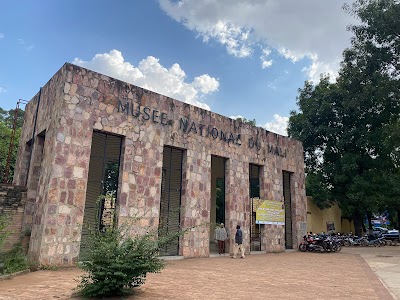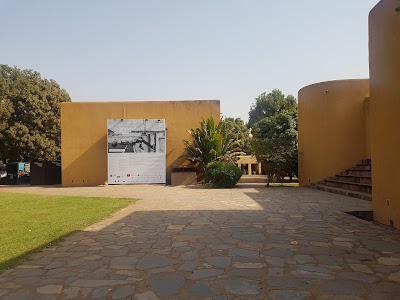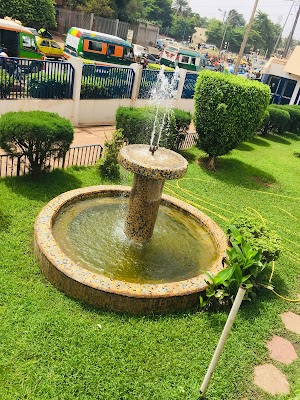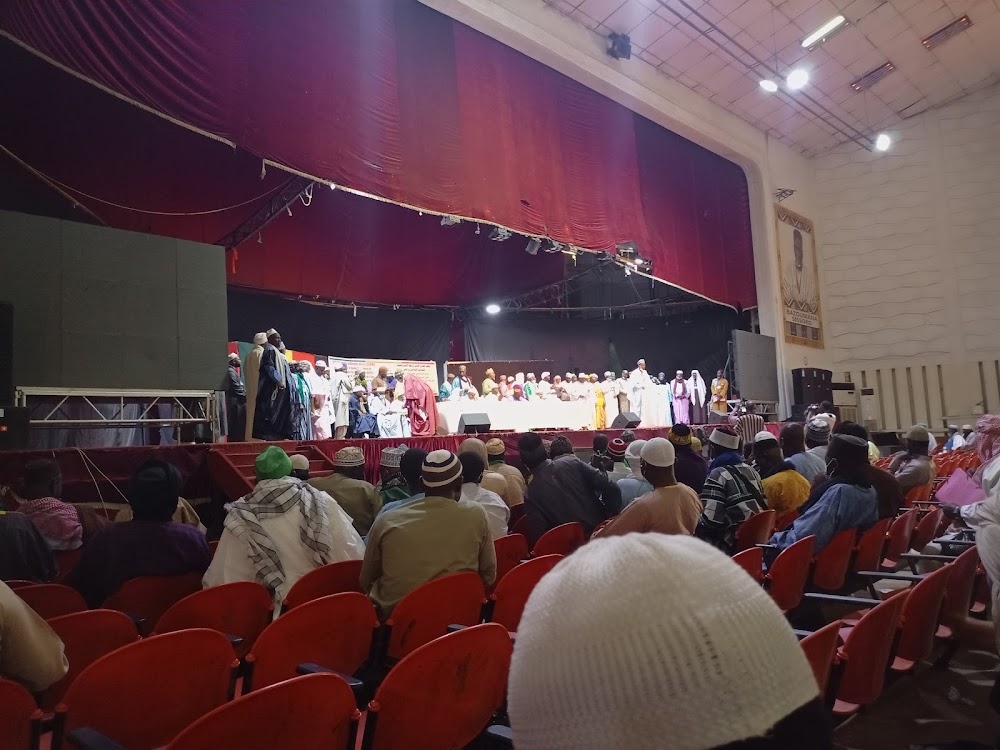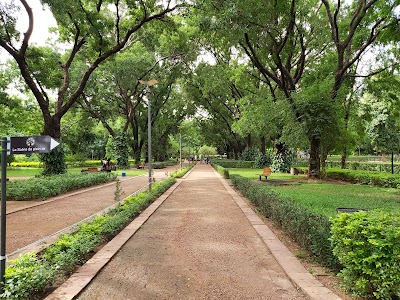National Museum of Mali (Musée National du Mali)
Overview
The National Museum of Mali, situated in the lively capital city of Bamako, presents a fascinating exploration of the country's rich cultural heritage and history. Established in 1953, this acclaimed museum serves as a treasure trove for Malian art, showcasing both traditional and contemporary works that narrate the story of the nation's diverse cultures and historical periods. Nestled within the lush surroundings of Parc National du Mali, the museum offers a serene escape from the vibrant pace of city life, allowing visitors to immerse themselves in Mali's artistic legacy.
Originally founded as the Sudanese Museum prior to Mali's independence, the National Museum of Mali has transformed significantly over the decades. It opened its doors on February 14, 1953, featuring an inaugural collection of colonial and early post-colonial artifacts. Since then, the museum has expanded its offerings to include an impressive assortment of archaeological discoveries, ethnic artifacts, textiles, and contemporary art, reflecting the dynamic and evolving identity of Mali.
One of the museum's main attractions is its extensive collection of traditional Malian art. Visitors can marvel at centuries-old masks, statues, and ritual artifacts intricately crafted by various ethnic groups, including the Dogon, Bambara, and Tellem. These masterpieces not only showcase remarkable artistic talent but also provide insight into the cultural and spiritual practices of these communities. The museum's ethnographic collection is particularly compelling, featuring everyday objects such as clothing, musical instruments, and household items that vividly illustrate the essence of Malian life.
In addition to its focus on traditional art, the National Museum of Mali houses a significant collection of archaeological artifacts that date back thousands of years. Exhibits include remnants from the ancient civilizations of Djenné and Timbuktu, two of Africa's historically rich regions. Pottery, tools, and relics from the precolonial empires of Mali offer visitors a profound connection to the country’s illustrious past, highlighting Mali's role as a center of trade, learning, and culture in ancient times.
The museum is also dedicated to promoting contemporary Malian art. Its collection features modern paintings, sculptures, and mixed-media works created by local artists. This aspect of the museum underscores the vibrancy of Mali’s current artistic landscape, showcasing artists' ability to blend traditional motifs with contemporary themes and techniques.
Designed by architect Jean-Loup Pivin, the museum itself is a modern architectural gem that combines traditional Malian elements with contemporary design. Its visitor-friendly layout features well-curated exhibits accompanied by informative plaques in both French and English, catering to an international audience.
Adding to its appeal, the National Museum of Mali hosts a dynamic program of temporary exhibitions, cultural performances, and educational workshops. These events often include music, dance, and storytelling, providing visitors with a chance to engage with Mali's rich cultural traditions firsthand. The museum also organizes lectures and seminars that delve deeper into various aspects of Malian history and culture, transforming it into a lively center for cultural education and exchange.
Ultimately, the National Museum of Mali is more than just a repository of artifacts; it serves as a cultural hub that fosters a deeper understanding and appreciation of Mali’s diverse heritage. For foreign tourists, a visit to this museum is an enriching experience that enhances their appreciation of the country’s artistic and historical landscape. Whether you’re a history enthusiast, an art lover, or simply curious about Mali’s rich tapestry of cultures, the National Museum of Mali promises a rewarding visit.
In conclusion, the National Museum of Mali stands as a cornerstone of cultural preservation and education in Bamako. Its extensive collections and engaging programs offer a comprehensive overview of Mali’s past, present, and future. Serving as a bridge that connects visitors with the country’s multifaceted history and vibrant artistic traditions, this museum is truly a must-visit destination for anyone traveling to Bamako.


